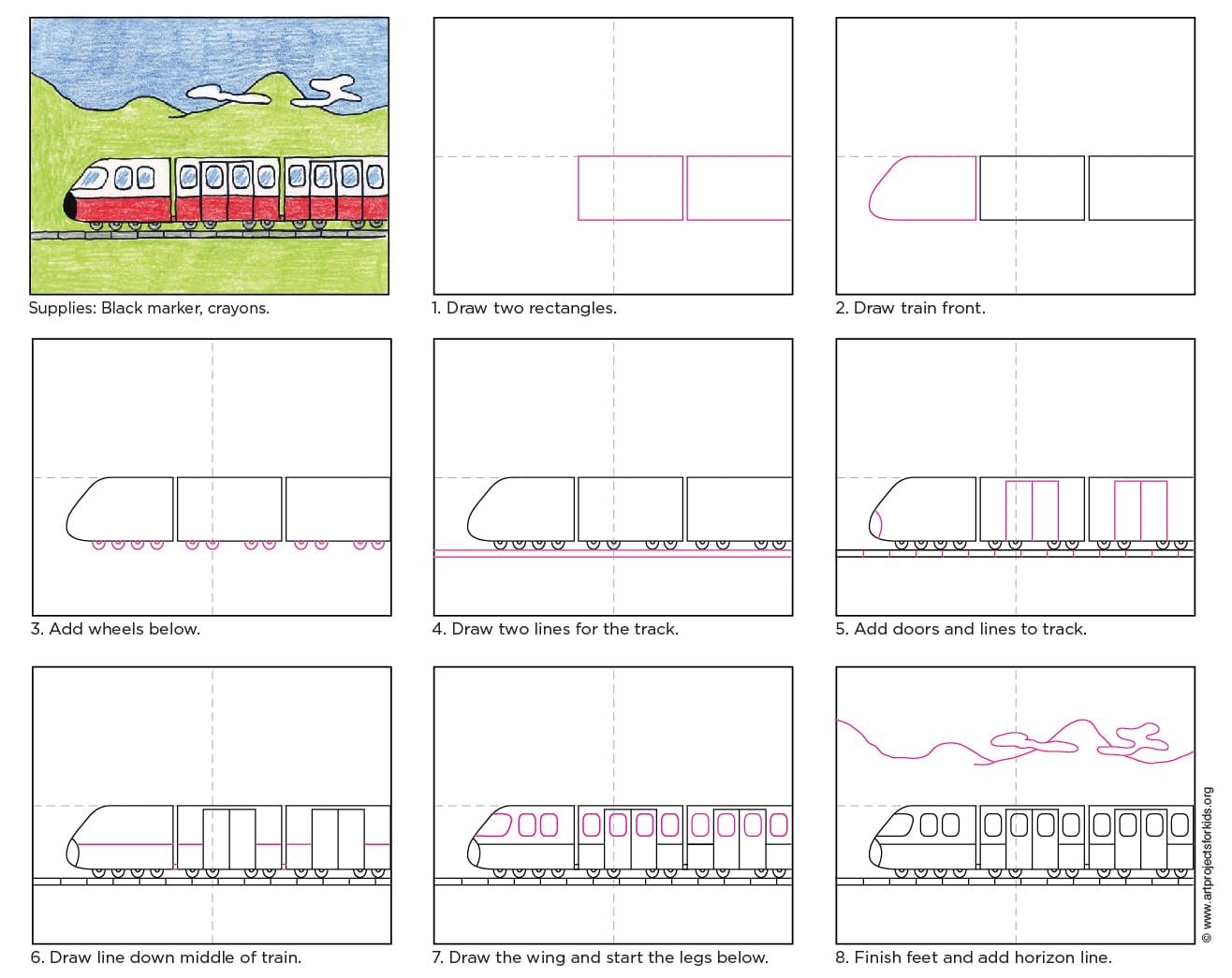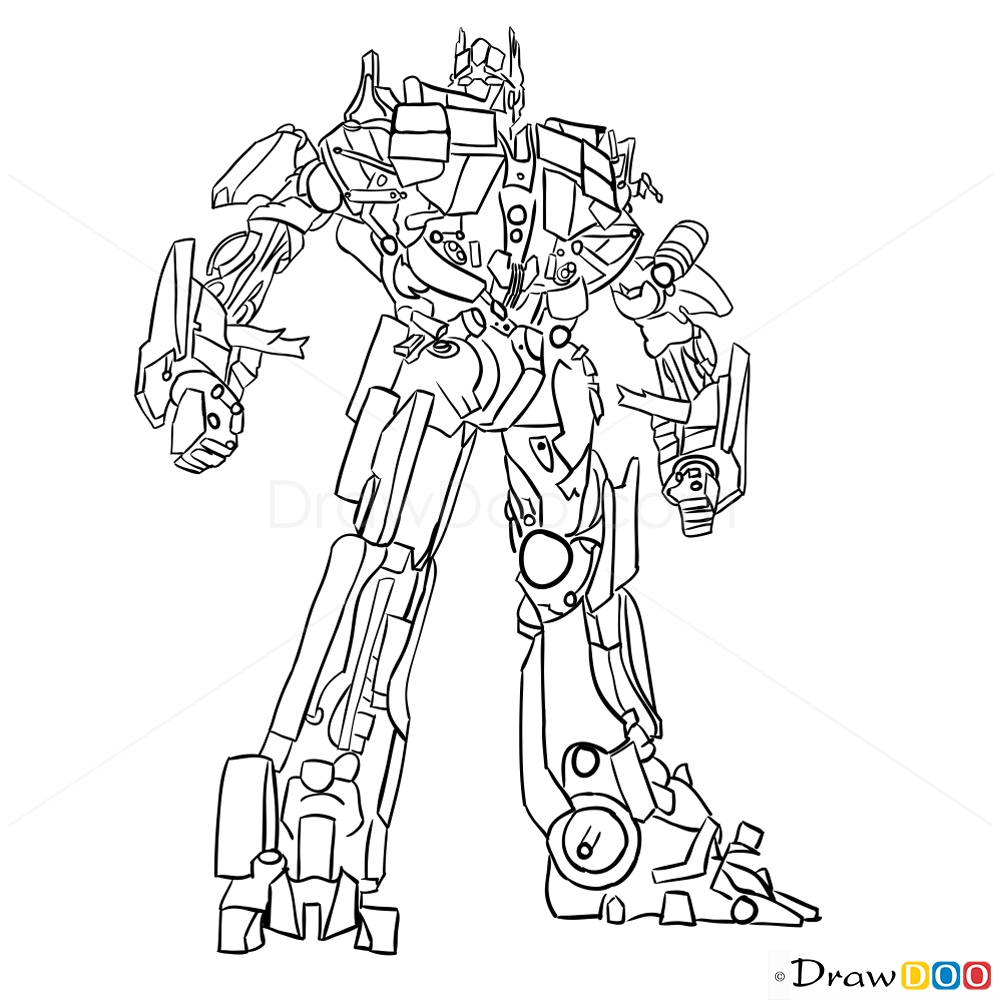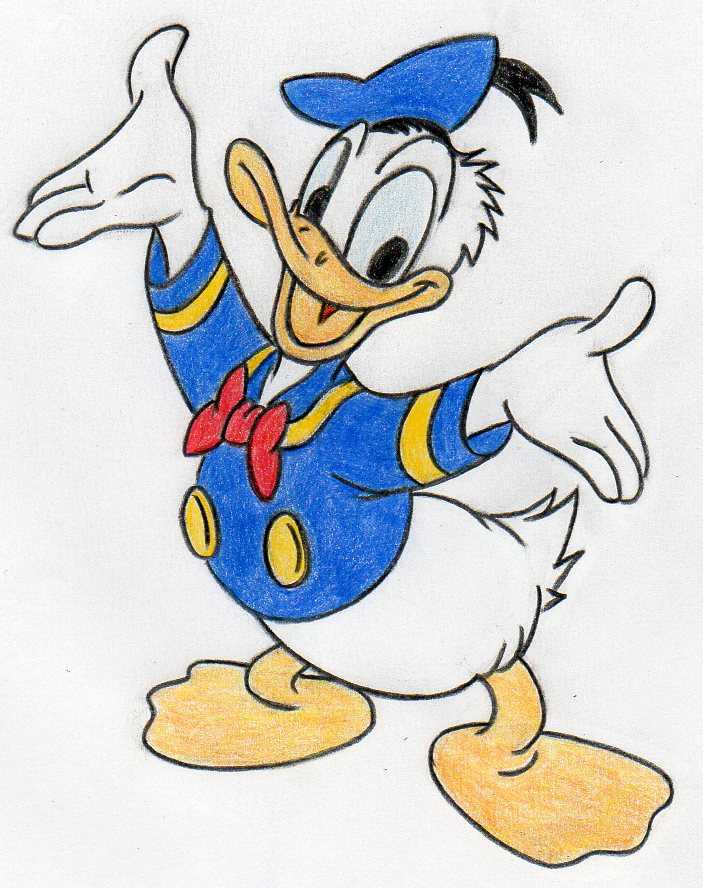Hurricane draw tornado
Table of Contents
Table of Contents
Have you ever wanted to know how to draw a hurricane? The power and destruction of these storms can be awe-inspiring, and being able to capture that on paper can be an impressive feat. If you’re looking to improve your drawing skills or just want to try your hand at drawing a hurricane, then this guide is for you.
The Pain Points of Drawing a Hurricane
When it comes to drawing natural disasters, hurricanes can be one of the more difficult ones to capture accurately. The swirling motion and changing winds can make it challenging to depict on paper. Additionally, the varied intensity levels and shapes of hurricanes can make it tough to know where to start when beginning your drawing. But with the right techniques and guidance, drawing a hurricane doesn’t have to be intimidating.
The Target: How to Draw a Hurricane
The first step to drawing a hurricane is to gather reference images to help guide your drawing. Our list of resources includes helpful illustrations and photos of hurricanes that you can use as a starting point. Once you have your reference images, start with the basic shape of the hurricane. Most hurricanes have a circular shape with a flat top and a cone-shaped bottom.
Next, add in the details. Depict the swirling motion of winds and clouds with curved lines and shading. Use varying shades of gray or colored pencils to create depth and dimension. Finally, add in any additional details such as rain, lightning, or debris to complete your illustration.
Summary of Main Points
Overall, drawing a hurricane requires attention to detail and understanding of the basic shapes and motions of the storm. Reference images and the right techniques can help you create an impressive illustration that accurately captures the power and beauty of a hurricane. Keep these tips in mind as you begin your drawing:
- Start with the basic shape of the hurricane
- Use curved lines and shading to depict the swirling motion of winds and clouds
- Add varying shades of gray or color to create depth and dimension
- Include additional details such as rain, lightning, or debris to complete your illustration
How to Draw a Hurricane: Personal Experience
When I first attempted to draw a hurricane, I found it difficult to capture the swirling motion and varying intensity levels. However, after using reference images and practicing different techniques, I was able to create a convincing illustration that accurately depicted the power of a hurricane. To begin your drawing, I recommend using a light pencil to sketch out the basic shape of the hurricane. Once you have the shape, start adding in the details and shading gradually to create a more realistic depiction.
Additional Tips for Drawing a Hurricane
Here are a few additional tips to keep in mind as you work on your hurricane drawing:
- Use a combination of circular and wavy lines to depict the swirling motion of winds and clouds
- Study the different shapes and intensities of hurricanes to help guide your drawing
- Experiment with different coloring techniques to create depth and dimension in your drawing
How to Draw a Hurricane: Techniques and Details
When working on the details of your hurricane drawing, focus on creating a sense of motion and depth. Use shading and varying line thickness to create the appearance of winds and clouds swirling around the hurricane’s eye. Add in rain, lightning, and debris to enhance the storm’s intensity and destruction. Additionally, consider using a combination of colored pencils and paint to create a more vivid and lifelike image of the storm.
How to Draw a Hurricane: Study Different Shapes and Intensities
One of the most important aspects of drawing a hurricane is understanding the different shapes and intensities that hurricanes can take. For example, a Category 1 hurricane may have a smaller, less defined eye and less developed outer bands than a Category 5 hurricane. By studying different images of hurricanes and their accompanying descriptions, you’ll gain a better sense of how to accurately depict the storm in your illustration.
My Hurricane Drawing Experience
One of my personal favorite techniques for drawing a hurricane is to use watercolors to create a dynamic and colorful illustration. I start with a light sketch of the basic shape of the hurricane and add in the details gradually. I use a combination of light and dark blues, grays, and whites to create the winds and clouds around the eye of the storm, and then add in additional details such as lightning and debris to complete the image.
Question and Answer Section
Q: What is the best way to create realistic clouds in my hurricane drawing?
A: To create realistic-looking clouds, use a combination of wavy and circular lines to create texture and dimension. Use varying shades of gray to create highlights and shadows in the clouds, and layer the colors gradually to create the illusion of depth.
Q: What are some common mistakes to avoid when drawing a hurricane?
A: One common mistake when drawing hurricanes is creating too much symmetry in the storm’s shape. Remember that hurricanes are organic and constantly changing, so try to create a sense of motion and asymmetry in your drawing. Additionally, avoid using too much black in your drawing, as this can make the image look flat and two-dimensional.
Q: How can I make my hurricane drawing stand out from other similar drawings?
A: One way to make your hurricane drawing stand out is to experiment with different coloring techniques and media. Consider using watercolors, markers, or colored pencils to create a vivid and dynamic image that captures the intensity and emotion of the storm. Additionally, pay close attention to the details in your drawing, and try to create a realistic and accurate depiction of the storm.
Q: How long does it typically take to create a detailed hurricane drawing?
A: The amount of time it takes to create a detailed hurricane drawing can vary depending on the artist’s skill level and the level of detail in the drawing. Some artists may be able to create a basic hurricane sketch in 30 minutes, while more detailed and complex illustrations can take several hours or even days to complete.
Conclusion of How to Draw a Hurricane
Drawing a hurricane can be a challenging but rewarding experience, and with the right techniques and guidance, anyone can create an impressive and realistic depiction of this powerful natural disaster. Whether you’re an experienced artist or just starting out, remember to study reference images, experiment with different techniques and media, and focus on creating a sense of motion and depth in your drawing. With these tips and guidelines in mind, you’ll be well on your way to creating a stunning hurricane illustration.
Gallery
Michael - Sean Of The South
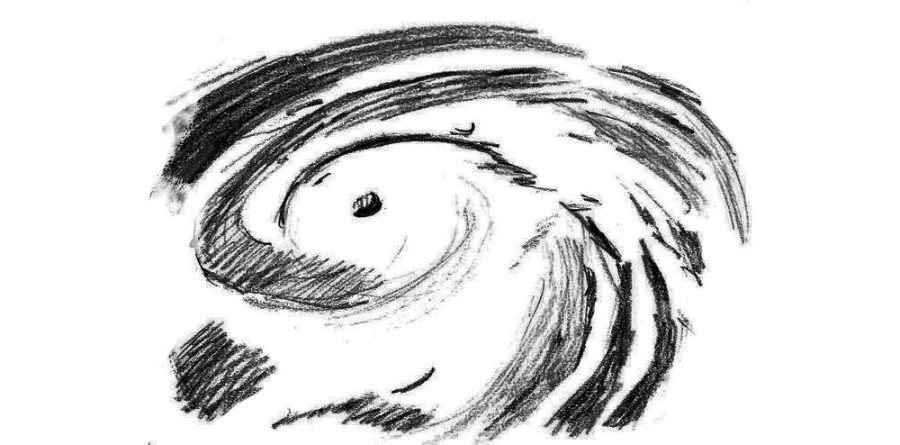
Photo Credit by: bing.com / hurricane sketch draw michael paintingvalley suv evacuated managed earthly midsize florida wife into fit sketches step
How To Draw A Hurricane With A Pencil

Photo Credit by: bing.com / hurricane hawker webstockreview
Hurricane Sketch At PaintingValley.com | Explore Collection Of

Photo Credit by: bing.com / hurricane sketch hurricanes work things paintingvalley warmer seas powerful powered tedesco tami
Hurricane Sketch At PaintingValley.com | Explore Collection Of
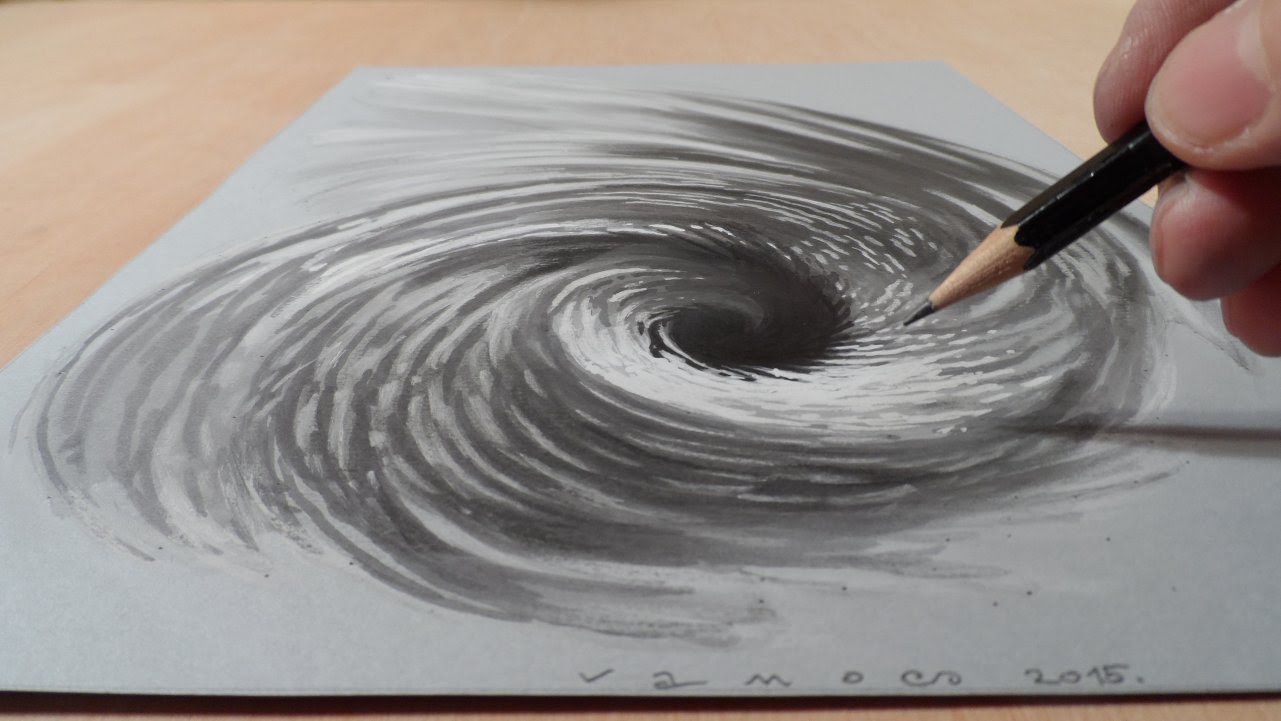
Photo Credit by: bing.com / drawing hurricane sketch hole 3d tornado vortex realistic illusion draw illusions drawings paper sketches three paintingvalley trick line
How To Draw A Tornado Or Hurricane - YouTube

Photo Credit by: bing.com / hurricane draw tornado

